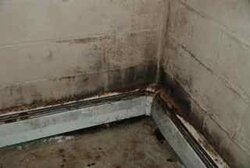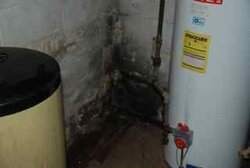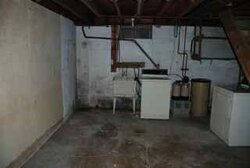We are looking at a house to buy. Nice place, early 50's ranch. Upstairs seems fine,not moldy, but block basement perimeter is black mold about 6-8 inches from the floor. Is this something fixable? Should we back away as carefully as possible? If it's fixable, what cost would you guess? About 1800 sf house.
Place was family built, unmarried son after parents died, little maintenance or attempt to address the issue that I can see. Being sold by the estate. We have a three year old and my wife is pretty sensitive to molds. Upstairs does seem perfectly fine. No standing water in basement, but built into a probably clay hillside, so seems like it has just saturated the block. Basement is unfinished so no framing, wood at base that can't be removed. Floor joists seem dry and free of mold (visually), really limited to floor level. Any thoughts would be appreciated.
Place was family built, unmarried son after parents died, little maintenance or attempt to address the issue that I can see. Being sold by the estate. We have a three year old and my wife is pretty sensitive to molds. Upstairs does seem perfectly fine. No standing water in basement, but built into a probably clay hillside, so seems like it has just saturated the block. Basement is unfinished so no framing, wood at base that can't be removed. Floor joists seem dry and free of mold (visually), really limited to floor level. Any thoughts would be appreciated.




